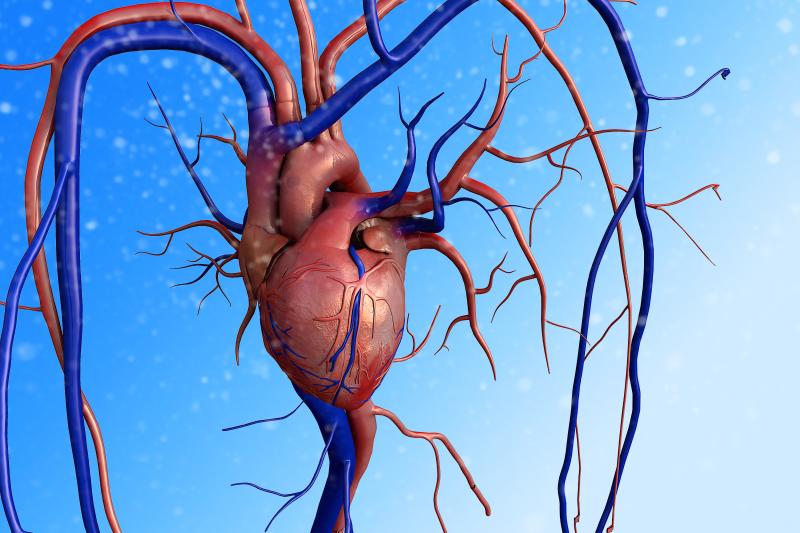
Patients with greater ischaemia who underwent positron emission tomography (PET) myocardial perfusion imaging (MPI) have better survival with early revascularization, reports a study. Exploratory analyses reveal a lower threshold than that previously reported for single-photon emission computed tomography (SPECT).
“Prior studies with SPECT MPI have shown a survival benefit with early revascularization in patients with >10–12.5 percent ischemic myocardium,” the authors noted.
This study included a total of 16,029 unique consecutive patients who were undergoing Rubidium-82 rest-stress PET MPI from 2010 to 2016 and excluded those with known cardiomyopathy and nondiagnostic perfusion results. Percent ischaemic myocardium was estimated from a 17-segment model. Nonrandomized referral to early revascularization (90 days of PET) was accounted for using propensity scoring.
Finally, the authors developed a Cox model, adjusting for propensity scores for early revascularization and percent ischaemia, and tested an interaction between ischaemia and early revascularization.
Of the 1,277 (8 percent) patients who underwent early revascularization, 2,491 (15.6 percent) died (738 cardiac) over a median follow-up of 3.7 years. Overall, 5,902 patients (37 percent) had ischaemia, with 2,160 (13.5 percent) having ≥10 percent.
A significant association was observed in propensity-adjusted analyses between ischaemia and early revascularization (p<0.001 for all-cause and cardiac death), such that patients with greater ischaemia had a survival benefit with early revascularization, with a potential ischaemia threshold at 5 percent (upper limit 95 percent CI at 10 percent).
No differential association existed between ischaemia and early revascularization on death based on history of known coronary artery disease (p-interaction=0.72).
“These findings require future validation in prospective cohorts or trials,” the authors said.